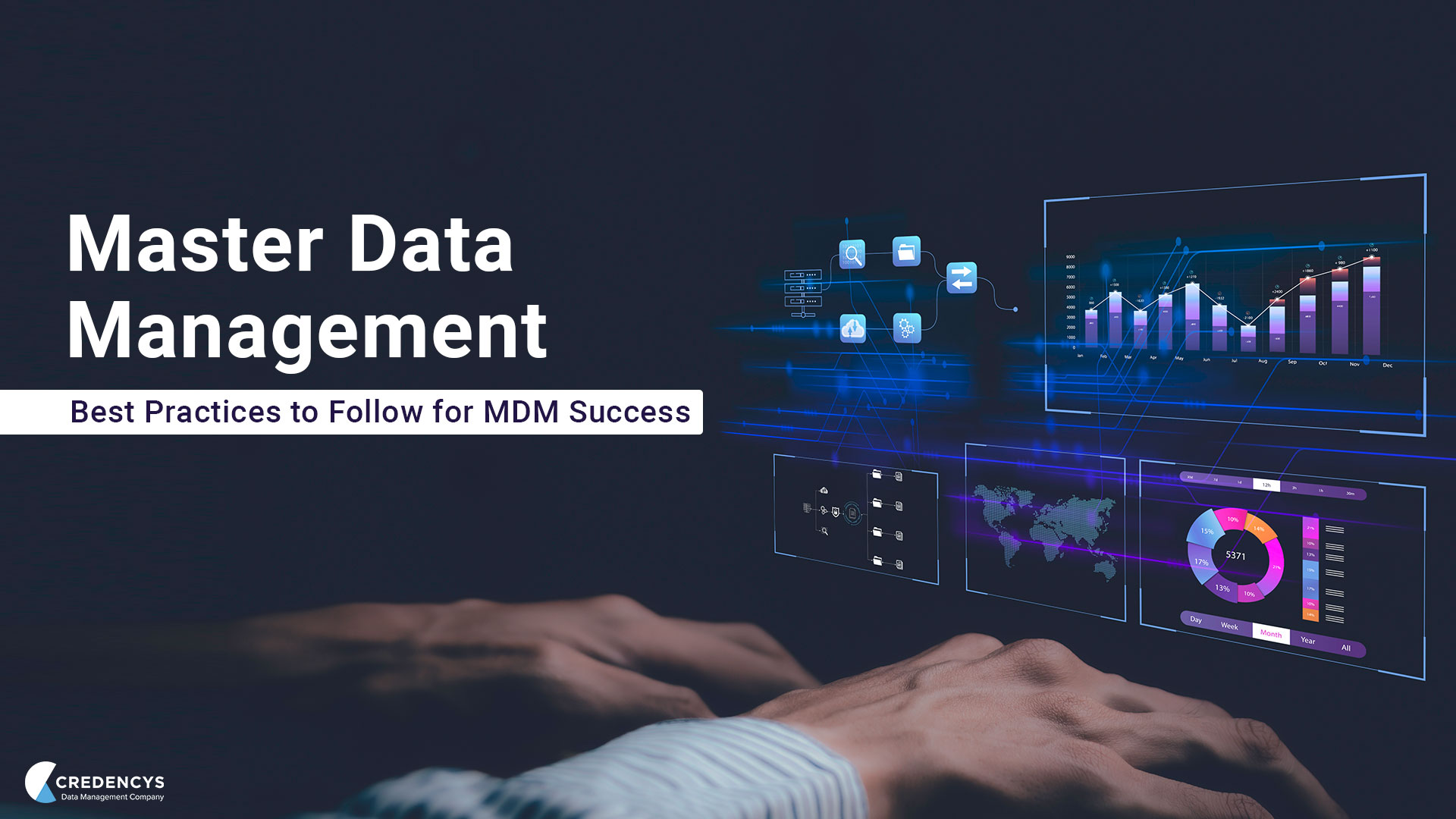Contents
Data is the new oil; organizations must use it to fuel their growth and success. However, unlocking the full potential of data is a challenge for many businesses, especially those with silos, duplicates, and inconsistencies in their data. That’s where Master Data Management tools come in. Master Data Management (MDM) is a comprehensive approach to identify, cleanse, enrich, and manage the core data entities of a business, such as customers, products, locations, and assets. By implementing MDM, businesses can streamline operations, improve customer satisfaction, reduce costs, and increase revenue. In this blog post, we’ll highlight four essential steps to unlock the full potential of your data with the best master data management tools.
1. Define The Scope And Objectives Of Your MDM Initiative
Before beginning any MDM project, it is imperative to first define the scope and objectives of the initiative. Through this process, you can identify the most critical data entities you wish to manage, the systems and applications that store and use them, the stakeholders with a vested interest, and the business processes that use or derive value from them. By clarifying the initiative’s scope and objectives, you can align the MDM project with your corporate goals, secure the necessary resources and budget, and set realistic expectations for outcomes. Additionally, you can avoid scope creep, overspending, and under-delivery. As such, it is essential to explore the best master data management tools that will facilitate your initiative’s success.
2. Assess Your Data Quality And Design Your Data Model
Once you have defined the scope and objectives, you need to assess the quality of your data. This involves profiling your data sources, identifying the data quality issues, and quantifying their impact on your business. For instance, you may discover duplicate customer records, inconsistent product descriptions, outdated pricing, or incomplete addresses. Based on the data quality assessment, you must design a data model that defines the core data entities’ attributes, relationships, and hierarchies. The data model should be flexible, extensible, and scalable and reflect the business rules and practices governing your data.
3. Choose Your MDM Technology And Implement It
After designing your data model, you must choose the MDM technology that best fits your needs. Several MDM solutions are in the market, ranging from on-premise to cloud-based, from open-source to proprietary, and from transactional to analytical. You need to evaluate the pros and cons of each solution based on your budget, IT landscape, data volumes, and user requirements. Once you have selected your MDM technology, you need to implement it. This involves configuring the MDM system, integrating it with your data sources and target systems, testing it, and deploying it. The implementation should follow the best practices of data governance, security, and privacy and involve collaboration among your IT, business, and data teams.
4. Monitor Your MDM Performance And Measure Your ROI
After implementing your MDM solution, you must monitor its performance and measure its ROI. This means tracking the quality, completeness, and timeliness of your data and your stakeholders’ satisfaction, productivity, and profitability. Utilize MDM dashboards, reports, and alerts to gain data insights, identify areas for improvement, and take corrective actions. Measure the ROI of your MDM initiative by comparing project costs with delivered benefits, such as reduced data maintenance costs, increased cross-selling opportunities, improved compliance, and enhanced customer experience. Continuously optimize data management efforts and justify investment by monitoring MDM performance and measuring ROI.
Final Thoughts
MDM is crucial for any organization that wants to leverage its data assets. By following these four steps, you can unlock the full potential of your data and achieve your business goals. Remember to define the scope and objectives of your MDM initiative, assess your data quality and design your data model, choose your MDM technology and implement it, monitor your MDM performance, and measure your ROI. Doing so can create a trusted, unified, and enriched view of your core data entities, enable your stakeholders to make informed decisions, and drive your business growth and success.


